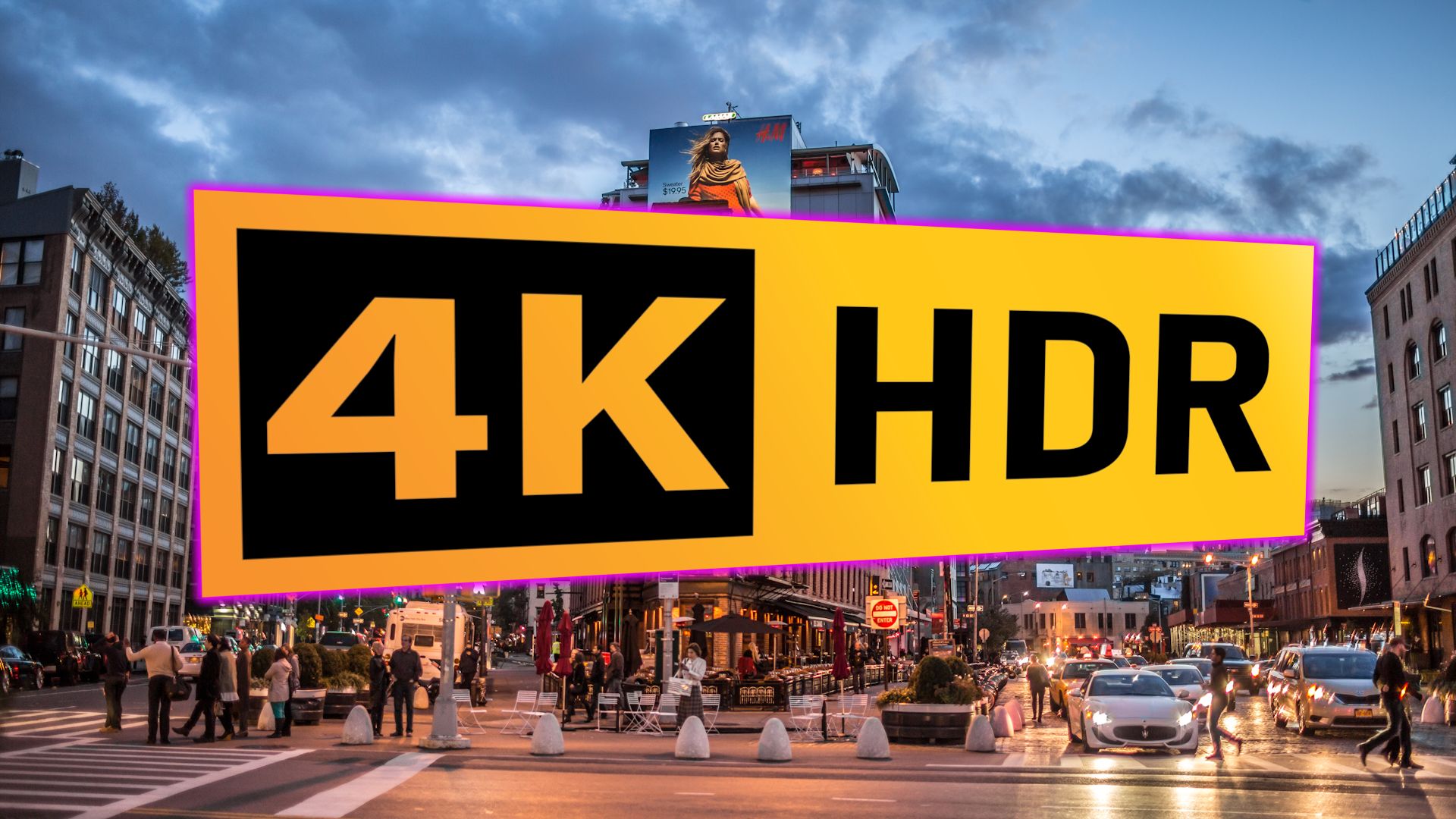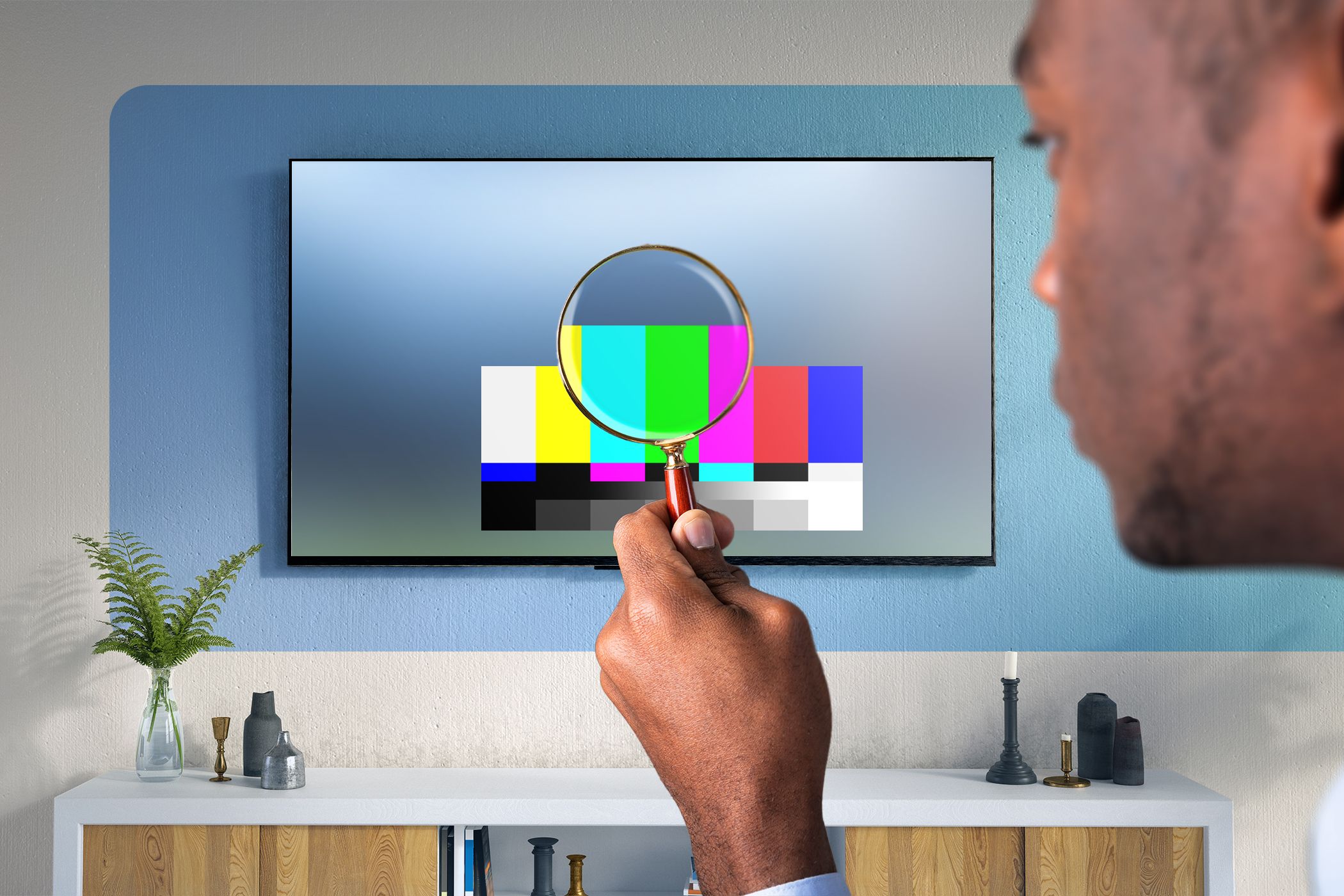High dynamic range (HDR) isn’t a single, uniform standard, and when you’re shopping on a tighter budget, the label can mean wildly different things. So, before you take that sticker at face value, it’s worth understanding what that “HDR Ready” or “HDR10+” label really means.
The Term “HDR” Might Mean Less Than You Think
When you see “HDR” slapped on the side of a cheap TV or monitor packaging, don’t get too excited. It is often more of a marketing catchline than a meaningful feature. Technically, the box might support HDR10 or even Dolby Vision on paper, but in reality, the experience can be wildly underwhelming, and sometimes downright misleading.
The problem is that, more than being about compatibility with a format, proper HDR is about how the content actually looks when it hits your screen. That requires decent processing power in the box, proper tone mapping, and a display that can do justice to the expanded brightness and color range HDR promises. Most budget TV boxes simply don’t have the horsepower—or the software smarts—to handle that properly.
Most frustrating is that no standardized rating system forces manufacturers to disclose the actual HDR performance capabilities. If you’ve watched HDR content on your budget TV and thought, “I don’t see what the fuss is about,” I bet you’re not seeing true HDR. You’re seeing a shadow of what could be, and that’s exactly what TV manufacturers are banking on you not realizing.

Related
What Is HDR TV, and What Are Its Different Formats?
HDR tech doesn’t have to be a confusing mess of acronyms and tech jargon.
True HDR Performance Depends on Peak Brightness and Contrast
In an ideal HDR scene—say, a spaceship flying toward a blinding star—you should see a clear distinction between the blackness of space and the intense glow of the star. But if your TV tops out at, say, 300 or 400 nits (a measure of brightness), that “blinding light” might just look like a slightly brighter white blob. For proper HDR impact, you want at least 600 to 1,000 nits of brightness. Anything lower, and highlights lose their spice, colors dull out, and the whole image can feel flat.
Then there’s contrast, which is all about how well your TV can show deep blacks next to those bright highlights. Budget LCD panels with edge-lit backlighting can’t produce the precise light control needed for true HDR. If your TV can’t get properly dark in specific areas while staying bright in others (a measurement called “local dimming”), you’re missing half the HDR equation. The best budget options usually employ at least some form of local dimming with multiple zones, though they won’t match the pixel-level precision of OLED, QLED, or QNED.
A practical way to understand if your “HDR” TV is delivering is to watch a nighttime scene with streetlights or a starry sky. If the bright spots bloom significantly into dark areas or the whole scene looks uniformly gray, your TV’s contrast capabilities are compromised.
Wide Color Gamut Is Equally Important for Vivid HDR
Another piece of the HDR puzzle that often gets overlooked—especially in budget TVs—is wide color gamut (WCG) support. Standard dynamic range (SDR) TVs are limited to the Rec.709 or sRGB color space, which covers only a relatively narrow range of colors. In contrast, HDR content is typically mastered in the much wider DCI-P3 color space and sometimes targets the even broader Rec.2020 standard, although few consumer displays can fully reproduce that.
That is why those demo videos of tropical fish or flower gardens you would find in TV showrooms look so much more vivid in proper HDR. You’re literally seeing colors that weren’t possible on older displays, like vibrant reds, lush greens, and deep blues. These colors feel richer and more lifelike than SDR can deliver.
If you’re curious whether your screen is really pulling its HDR weight and showing off a wide color range, try hooking it up to your PC via HDMI and checking out the Wide-Gamut site. It’s a simple test, and it’ll let you know if your display is really up to snuff or just faking it.

Related
What Is a Color Gamut?
Monitor and TV all display the same colors, right? Not quite.
How to Get the Best HDR Experience on a Budget
A solid HDR experience on a budget is totally doable. You just need to know which specs actually matter and which ones are just marketing fluff. As I mentioned earlier, you’ll want a TV that can hit at least 600 to 1,000 nits of peak brightness, supports local dimming, and covers a wide color gamut, ideally close to DCI-P3.
In addition, you need to calibrate your TV for HDR. Many budget TVs have HDR modes that crank up saturation and brightness to unnatural levels out of the box. A quick calibration, either using built-in presets like “Cinema” or “Movie” mode or tweaking settings yourself, can make a world of difference. Lower the brightness a bit, reduce sharpness, and dial back the color saturation for a more natural, less cartoonish look.
You should also use quality HDR content and proper sources, since HDR is only as good as the content you feed it. Streaming platforms like Netflix and Disney+ offer HDR titles, but make sure your internet speed and streaming device support HDR playback properly. If you’re gaming, newer consoles like the PS5 or Xbox Series X have HDR support, but you’ll want to check your TV’s input settings to enable HDR mode. Remember, HDR on a budget TV won’t magically fix poorly mastered content, so stick to well-reviewed HDR media.
Pay attention to room lighting, too. Ambient light can wash out HDR’s impact. If you’re watching in a bright room, even a decent HDR TV will struggle to impress. Try to control your environment: dim the lights or watch in a darker room to let those highlights pop.
In my opinion, the best budget HDR hack is probably patience. TV prices drop dramatically during holiday sales, and last year’s mid-range models often outperform this year’s budget options. A little research and waiting for the right sale can score you dramatically better HDR performance without spending more.









Leave a Comment
Your email address will not be published. Required fields are marked *